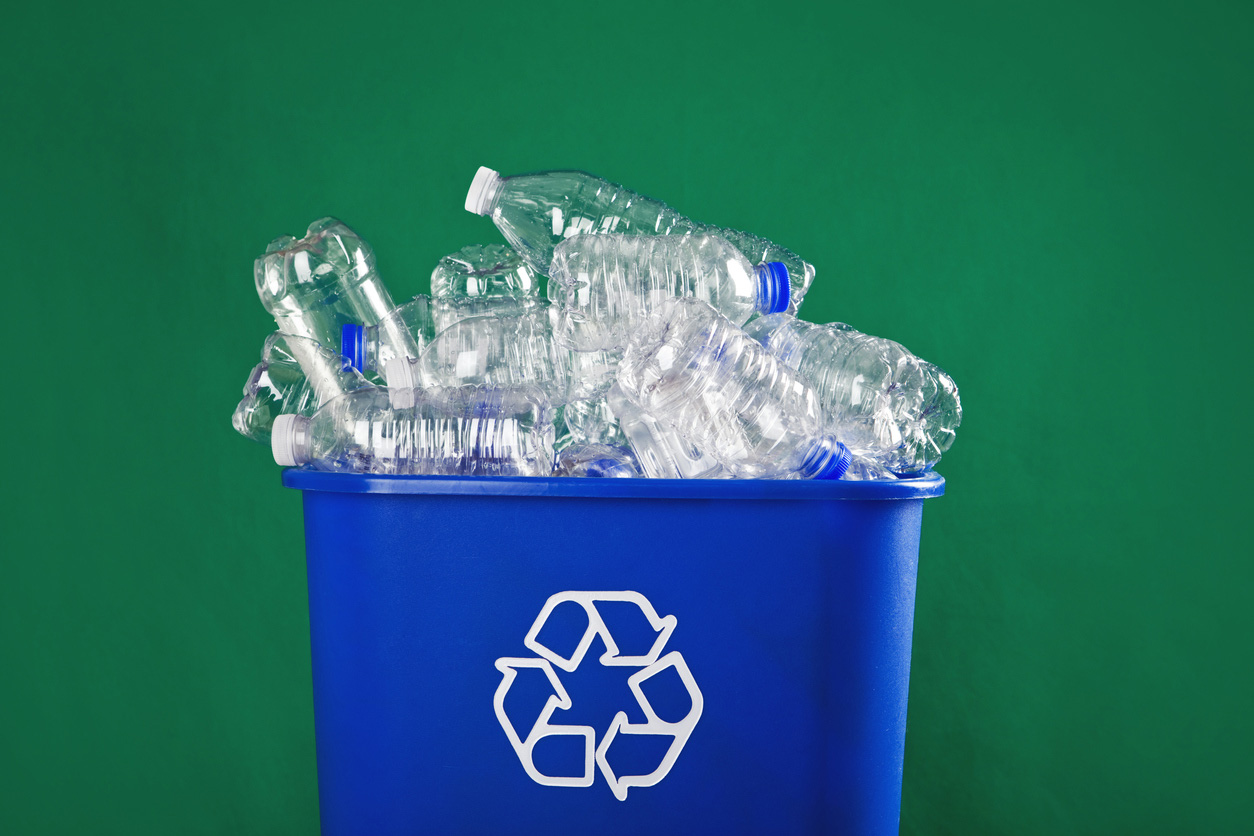Amid the debate over man-made climate change, we’re missing an important point: environmental devastation is taking a toll on mankind whether or not we’re doomed to swelter in fossil-fuel induced heat waves by mid-century.
The battle lines are formed between Green New Deal advocates who call for the abolition of combustibles and climate change denialists who claim the data is rigged. This is unfortunate, because it allows for little common ground on how to protect human health.
The climate is changing, but modeling is an imperfect science, predicated on assumptions, which allows critics of “global warming” ample openings to claim that there’s not much we can do can forestall the inevitable.
What we can rally around is the undeniable science that demonstrates pollution and environmental degradation are exacting a profound toll on humans in the here and now.
Consider these facts:
In August of this year, researchers at the Case Western Reserve University Cardiovascular Research Institute demonstrated that air pollution plays a role in the development of cardiovascular disease. It’s the world’s leading environmental risk factor and is estimated to cause more than nine million deaths per year.
As an historical note, that warning was first sounded over 40 years ago by the late environmental medicine pioneer—and former cardiovascular surgeon—Dr. William Rea. In a 1978 article entitled “Environmentally triggered cardiac disease” he presciently foresaw the harm airborne pollutants exact on the circulatory system.
This March, while COVID-19 was waiting in the wings, a research article in the Journal of the American Heart Association warned of an even more deadly airborne pandemic:
“Especially vulnerable are the elderly, patients with pre‐existing CVD, and children. The cumulative lifetime burden in children is particularly of concern because their rapidly developing cardiopulmonary systems are more susceptible to damage and they spend more time outdoors and therefore inhale more pollutants. World Health Organization estimates that 93% of the world’s children aged under 15 years—1.8 billion children—breathe air that puts their health and development at risk.”
The article delineates the precise mechanisms by which air pollutants undermine health:
“One hypothesis argues that upon entering the lungs, pollutants produce local inflammation and oxidative stress that leads to subsequent systemic inflammation, which contributes to endothelial dysfunction, thrombosis, and enhanced atherosclerosis. A second hypothesis suggests that pollutants activate the pulmonary autonomic nervous system which can lead to life‐threatening arrhythmias. A third hypothesis suggests that particulate matter, particularly, ultrafine particles (<0.1 μm in diameter), enter the bloodstream, directly damaging tissues and cells within the cardiovascular system.”
And this recent Harvard study demonstrates a definitive relationship between airborne pollution exposure and early death. The influence of airborne toxins is so pervasive it even affects our GI tracts. A landmark study just revealed that those with higher exposure to ozone smog have less variety in their gut bacteria. Lack of microbiome diversity has been associated with disease susceptibility—even obesity.
Lest we succumb to fatalism and argue that measures to control pollution are too little and too late to make a dent, consider the conclusions of this recent study. Smoking bans, industrial emissions controls, and restrictions on automotive pollution were shown to produce rapid and striking reductions in adverse health outcomes, including asthma, respiratory infections resulting in school absenteeism, heart attacks, strokes, and even premature births.
On a hopeful note, it appears eating a diet rich in omega-3 fatty acids may protect the brain from the effects of air pollution. Women who lived in areas with high levels of airborne particulates who had lower blood levels of EPA/DHA had more brain shrinkage, particularly in the hippocampus, than those with higher levels of Omega-3s.
But while seniors may see higher risks of heart disease, stroke, dementia and earlier death, the young are not exempt from the effects of environmental toxicants. Lead has been highlighted as a principal driver of childhood intellectual deficits and behavioral problems, but a new study confirms that a wide range of toxin exposures may be responsible for delayed language acquisition.
“Young children from low-income homes whose mothers reported frequent use of toxic chemicals such as household cleaners were more likely to show delays in language development by age 2 . . . In addition, the children scored lower on a test of cognitive development.”
And since our landscapes are succumbing to rampant development, let’s keep in mind that the mere act of seeing greenery is linked to less intense and frequent unhealthy cravings.
The results of a now-famous survey in the journal Health and Place showed that “having access to a garden or allotment was associated with both lower craving strength and frequency, while residential views incorporating more than 25% greenspace evoked similar responses.”
So, whatever party’s banner you flock to, let’s look beyond the current political battle lines to a future where we can share common ground; protecting the environment will safeguard our health, and that of generations to come.







